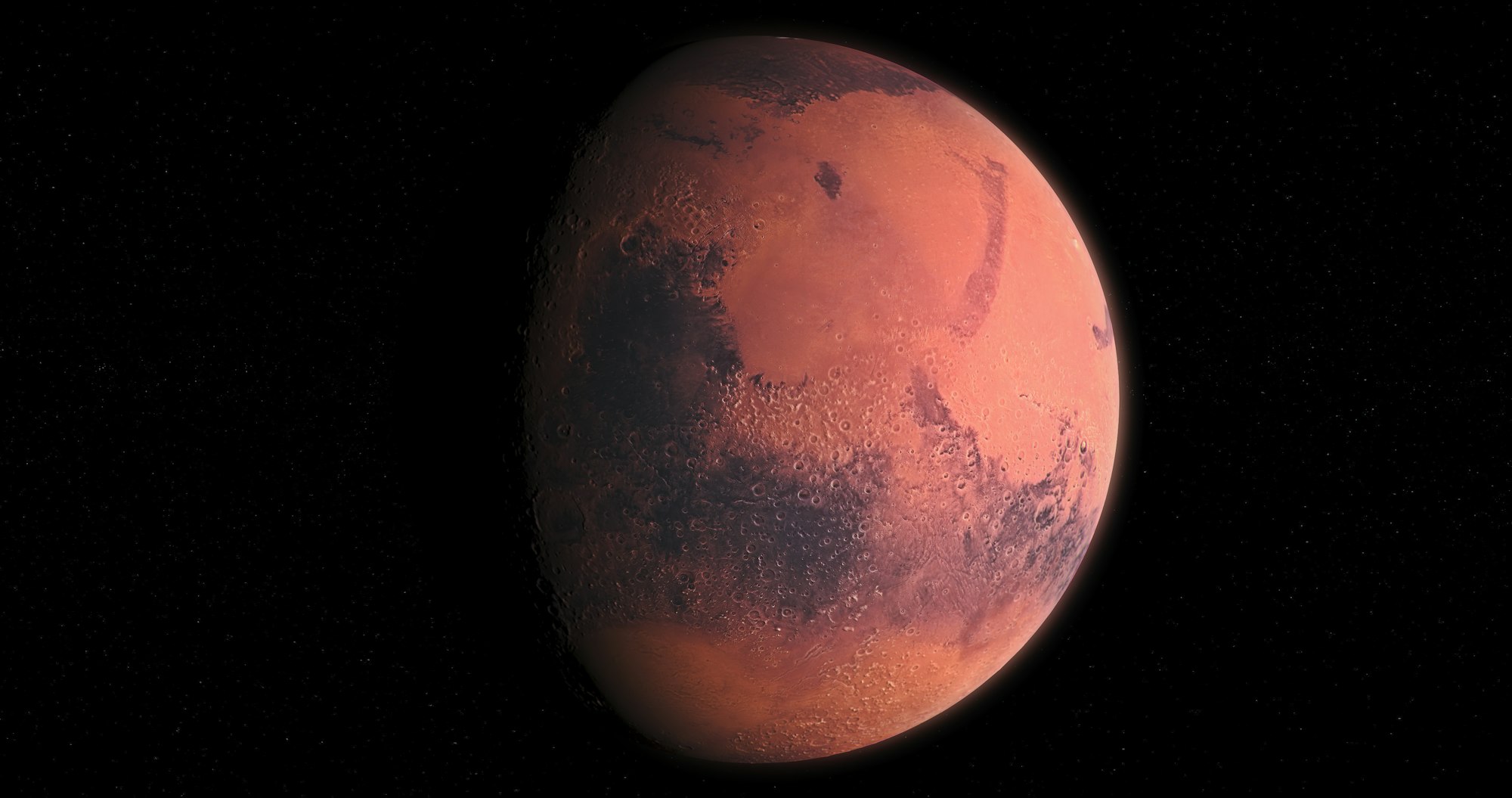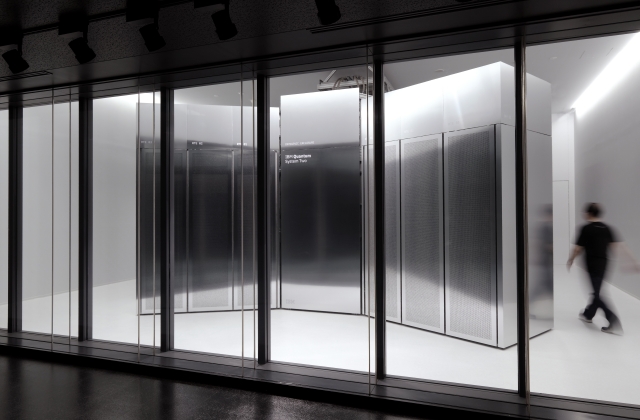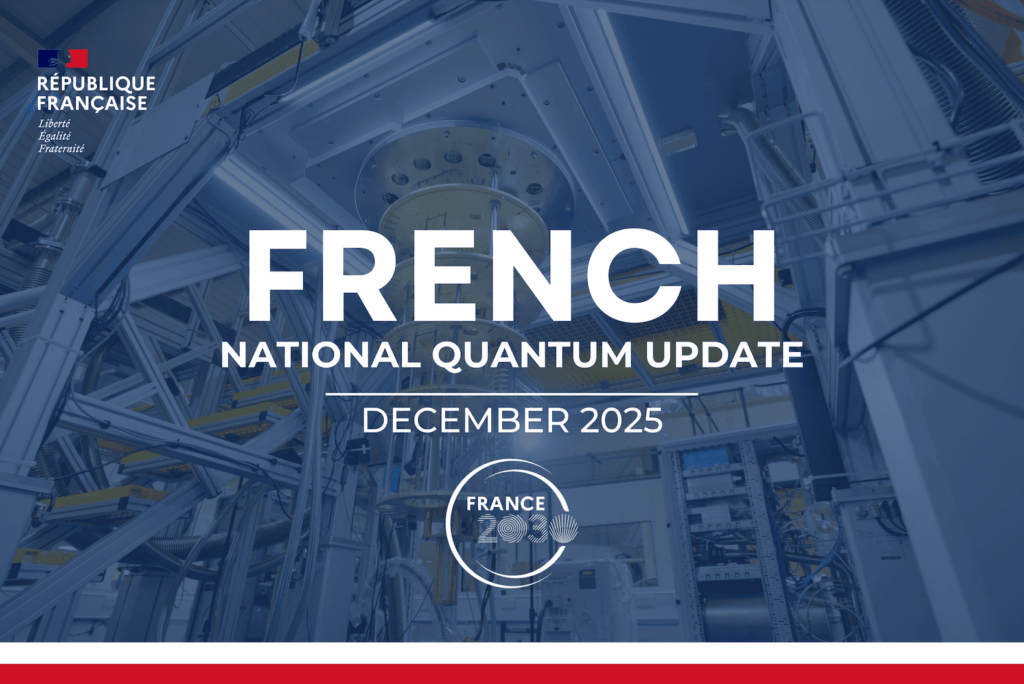Insider Brief
- A new report from The Guy Foundation highlights the potential for quantum biology to address long-term health risks for astronauts, particularly through insights into cellular aging and mitochondrial dysfunction caused by space conditions.
- The study suggests that space-specific factors like radiation and microgravity disrupt mitochondria, the energy centers of cells, accelerating biological aging and increasing oxidative stress, which could impair astronauts’ health on extended missions.
- While aimed at space health, the findings also hold potential for improving treatments for age-related diseases on Earth, positioning quantum biology as a dual-benefit field for both space exploration and healthcare advances.
A new report from The Guy Foundation suggests that quantum biology, an emerging field that explores biological functions through quantum mechanics, may offer solutions to protect astronaut health on extended space missions.
As proposed space missions edge closer to Mars exploration and prolonged stays on the Moon, scientists warn that typical space travel conditions — such as radiation, microgravity, and disrupted circadian rhythms — pose health risks that may accelerate biological aging and deteriorate cell function. The report emphasizes that quantum biological research could yield new ways to mitigate these risks by exploring how subatomic interactions impact cell health in space.
“Up to now, the space community’s focus has been on the physical and engineering challenges inherent in space travel. These longer-term health issues do not seem to have been recognised. Nor have they been adequately addressed,” said Professor Geoffrey Guy, Chairman of The Guy Foundation in a statement. “Just surviving in space is not the same as living in optimal health and thriving.”

Quantum Mechanics and Mitochondrial Health
One of the central findings of the report focuses on how quantum biology could be crucial for understanding mitochondrial dysfunction — that’s a core issue in the health of astronauts on long-duration missions. Mitochondria are the “powerhouses” of cells, generating energy for various biological functions. In the extreme conditions of space, however, the mitochondria may face heightened oxidative stress and cellular wear and tear, leading to a faster aging process referred to in the report as the “accelerated aging phenotype” (AAP).
The report suggests that quantum mechanics, which governs behavior at the subatomic level, could explain these dysfunctions more comprehensively than classical biology alone. One possibility: Quantum phenomena like tunneling and coherence, which describe how particles behave unpredictably on a subatomic scale, could influence electron transfer within mitochondria. When disrupted by space conditions, these quantum processes may contribute to cellular instability, oxidative stress and inflammation. Those factors could accelerate aging and weakening the immune system.
The report recommends that this quantum-driven approach could be used in conjunction with traditional medical research by examining how space-specific conditions could interfere with the foundational processes of cellular energy production.
George Freeman MP, former UK Minister of State for both Life Science and Space, commented, “This report provides a pressing reminder of the effects of space travel on human health and has important implications for organisations such as NASA and SpaceX. At the same time, it highlights the opportunities for, and the value of, space health research.”
Bridging Quantum Biology and Space Health
The Guy Foundation’s report advocates for expanded research in quantum biology to address health challenges that astronauts face on long-term missions. Quantum biology, while a relatively new field, has already shown potential in revealing complex mechanisms underlying energy transfer, cellular signaling and even cognitive function, according to the report. By incorporating quantum principles, scientists could better understand how space impacts cellular structures on a fundamental level, possibly identifying ways to prevent the accelerated aging that space travel seems to induce.
There could be side benefits to this research into quantum biology for those of us who are content to stay here on Earth. For example, this approach aligns with research that looks at aging and age-related diseases. According to the report, the cellular degradation seen in astronauts shares mechanisms with degenerative conditions such as Parkinson’s and Alzheimer’s, making the insights gained from space health research potentially valuable for broader applications. If scientists can identify how to stabilize quantum processes within cells, it may yield protective measures for astronauts and potential therapies for aging-related diseases back on Earth.
With quantum biology playing roles in both space-based and earthbound health, the hidden — or not so hidden — theme of the report underscores the need for more study of quantum biology, in general.
In another benefit of this line of research, the report also suggests that the intense conditions astronauts experience in space provide a natural laboratory for studying these processes in accelerated form, potentially leading to health advances that benefit both space explorers and the aging population on Earth.
Collaborative Research and New Experiments
The report surfaces the need for dedicated experiments to study how space conditions impact cellular structures in astronauts and even animal models. Suggested areas of study include the effects of microgravity on cellular stability, the influence of low magnetic fields on mitochondrial function, and the potential protective benefits of artificial light cycles to mimic Earth’s day-night rhythms.
While radiation shielding and exercise protocols have been developed to protect astronauts from immediate risks, such interventions do not address these deeper, long-term health risks at the cellular level. The Guy Foundation report calls for organizations like NASA and SpaceX to collaborate with quantum biologists and space health experts to examine these risks more holistically.
The UK-based Guy Foundation was established in 2018 to facilitate thinking and research on the role of quantum mechanics and thermodynamics in living systems, with the ultimate goal of using this understanding to advance healthcare. According to the foundation, it curates, leads and funds an inter-disciplinary research collaboration and has published a number of scientific papers. It supports the quantum biology community by convening online symposia on quantum biology and bioenergetics and it hosts an active global network of over 200 scientists and institutions.
To find out more about The Guy Foundation Space Health Programme, visit the webpage here. The full report and a 5-minute talk on its contents are available at www.theguyfoundation.org/space-health.
If you’re interested in the emerging connection between space and biotech, The Space Impulse, Cx Bio, and SpaceRadar teams have recently collaborated to develop a comprehensive breakdown of the space biotech industry. You can download the full market map.


















